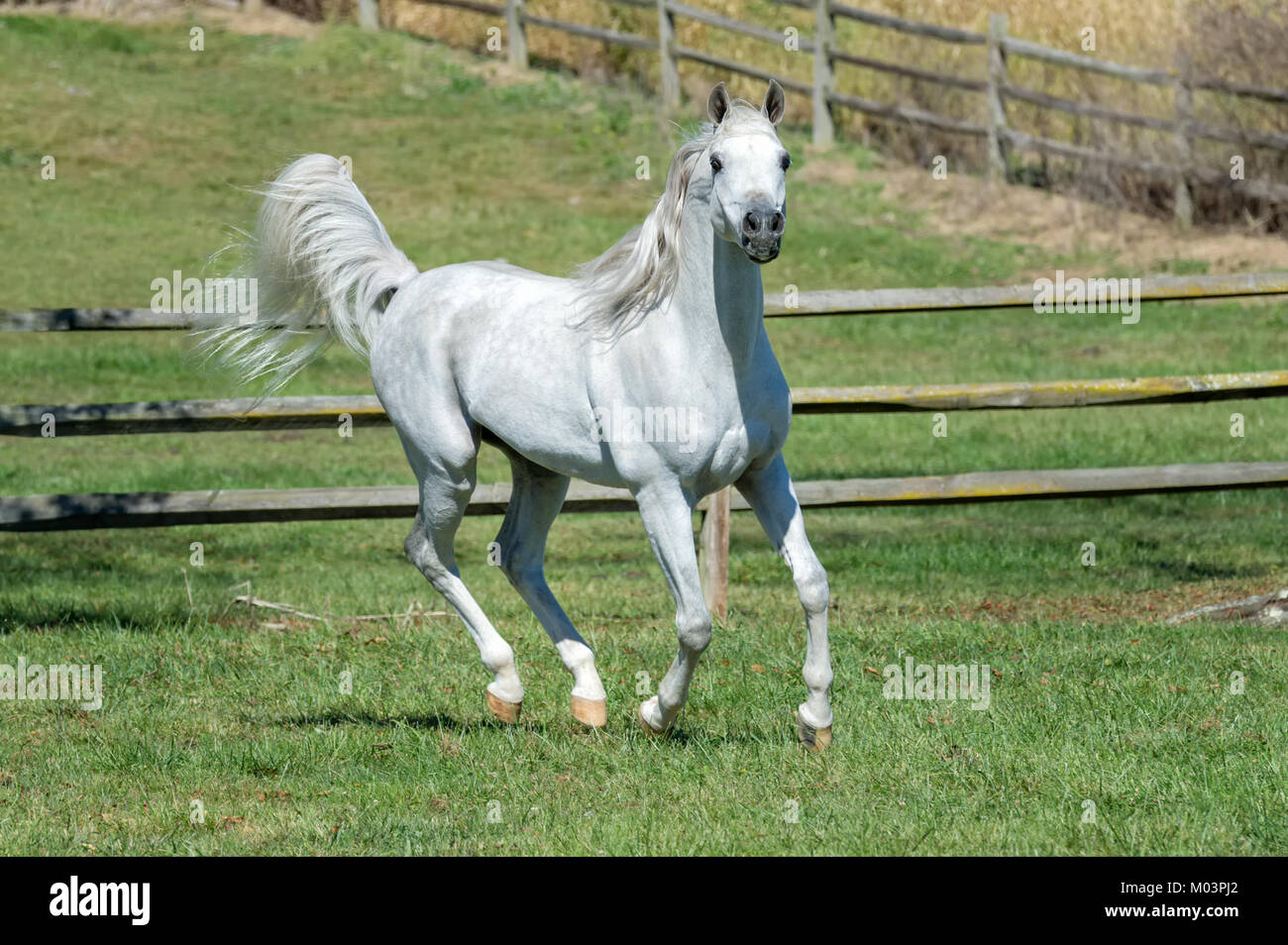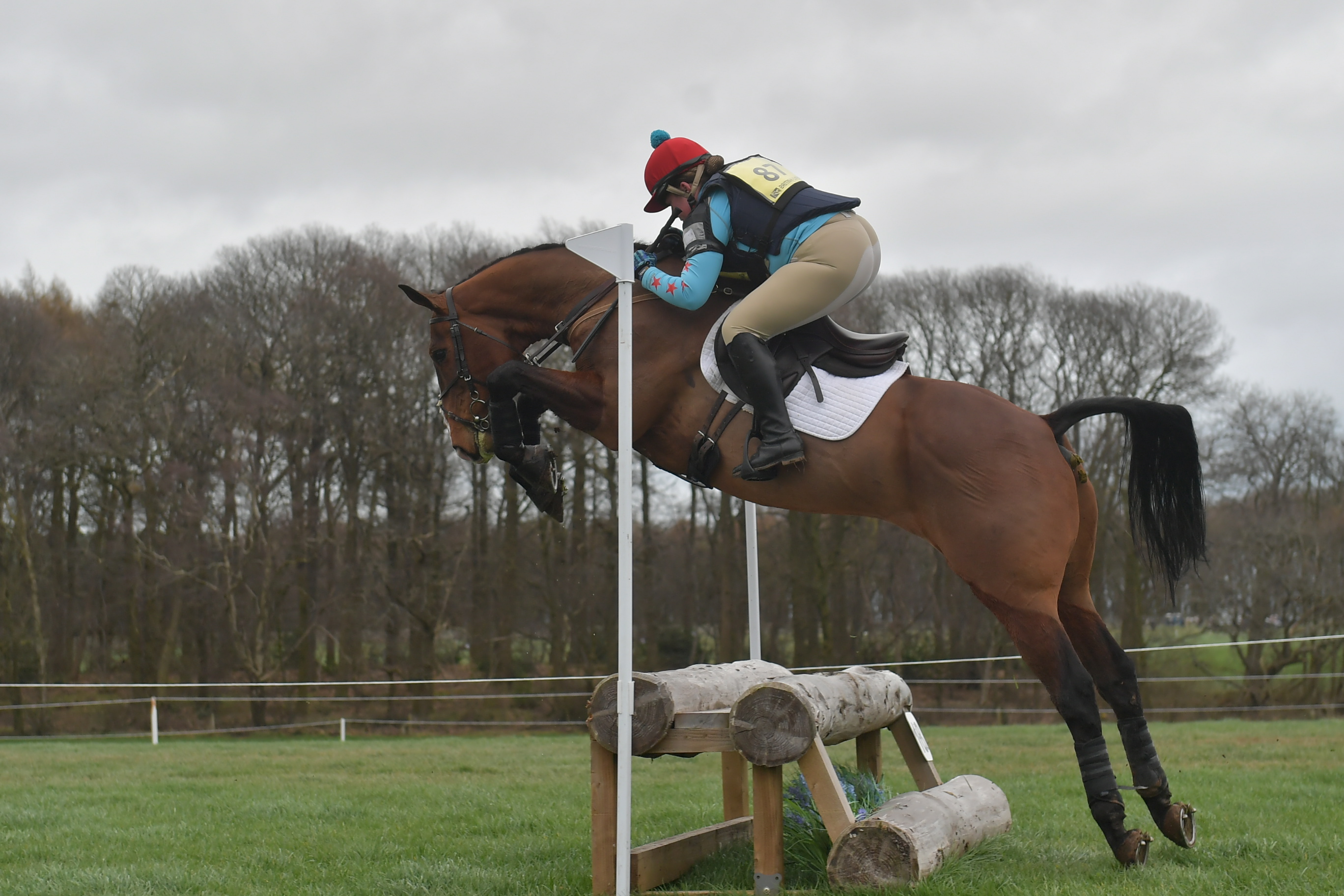


The mirrors reflect off each other, multiplying the number into infinity. The box, surrounded by mirrors, is filled with dozens of cutout horses. “Of course the vast majority of horses that served are now completely unknown and unknowable and anonymous and there were millions of them and so somehow we wanted to pay our respects really so we came up with the idea of this mirror box,” he said. They were supporting each other,” he said.Ĭurator Pip Dodd admitted to being moved by what he discovered during his research. It was extraordinary courage, loyalty, horror all together. “Roughly the same number of men and horses died in the First World War. For Morpurgo, it is a vivid reminder of the cost of war. Of the 1.2 million horses used by the British Army, nearly half died. The author’s book and play, like the exhibit, focus on the warriors who never chose to go into battle and never knew what was was coming. And (he) would go to the horse lines at night when (he) was feeding them, and (he) would stand by them and (he'd) stroke the neck and (he) would whisper into his ear and (he) would tell him stuff (he) could never even mention to (his) pals because they were all going through it anyway,” Morpurgo recounted. So the only person he could talk to - and he used the word person - the only person (he) could talk to was (his) horse. And he must not talk about it, he knew that. All his pals were terrified but they couldn’t talk about it. Morpurgo heard about it firsthand from the veteran he met, but what really touched him was the former soldier’s intense bond with the horse who carried him to the front lines when Morpurgo was 17 years old. The video opening the exhibit recreates moments of horror and violence. Those that made it were then shipped out and into battle.

More than 300,000 horses and mules were sent over on transport ships, many dying en route. “In the first 12 days the British army bought up about 120,000 British horses from farms and from bus companies, but there weren’t enough or good enough to be army horses so they had to look further afield, “ he said. Dodd said the demand for horses in WWI was enormous. One room recreates a ship’s hold, complete with creaking boards. There are also reminders of the grueling, often deadly conditions the animals endured even before they reached the battlefield. “The horse really was the motorized vehicle - the helicopter and the transport ship and plane of its day. Curator Pip Dodd said they were critical and not just for charging into battle. The new exhibit traces the use of horses in war down the centuries through WWI. He said ‘I was there with ‘orses.’ And he said it like that 'with ‘orses.' And then he just started talking,” said Morpurgo. Morpurgo said it all began when he met a WWI veteran of a cavalry regiment in his local pub. Morpurgo asked him what he did during the war. “War Horse,” written by Michael Morpurgo, opens when a horse appropriated from a Devon farm is shipped off to the front. The pastoral scene is also featured in the children’s novel and play that inspired the exhibit.

Within seconds of stepping into the War Horse exhibit at London’s National Army museum, visitors are transported to the lush green fields of Devon. Some call them the forgotten heroes of war, but a new exhibit in London seeks to pay tribute to the millions of horses who died serving in battles over the centuries. Listen to the above audio for a complete report.


 0 kommentar(er)
0 kommentar(er)
